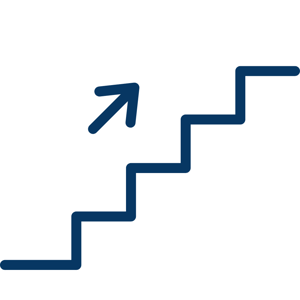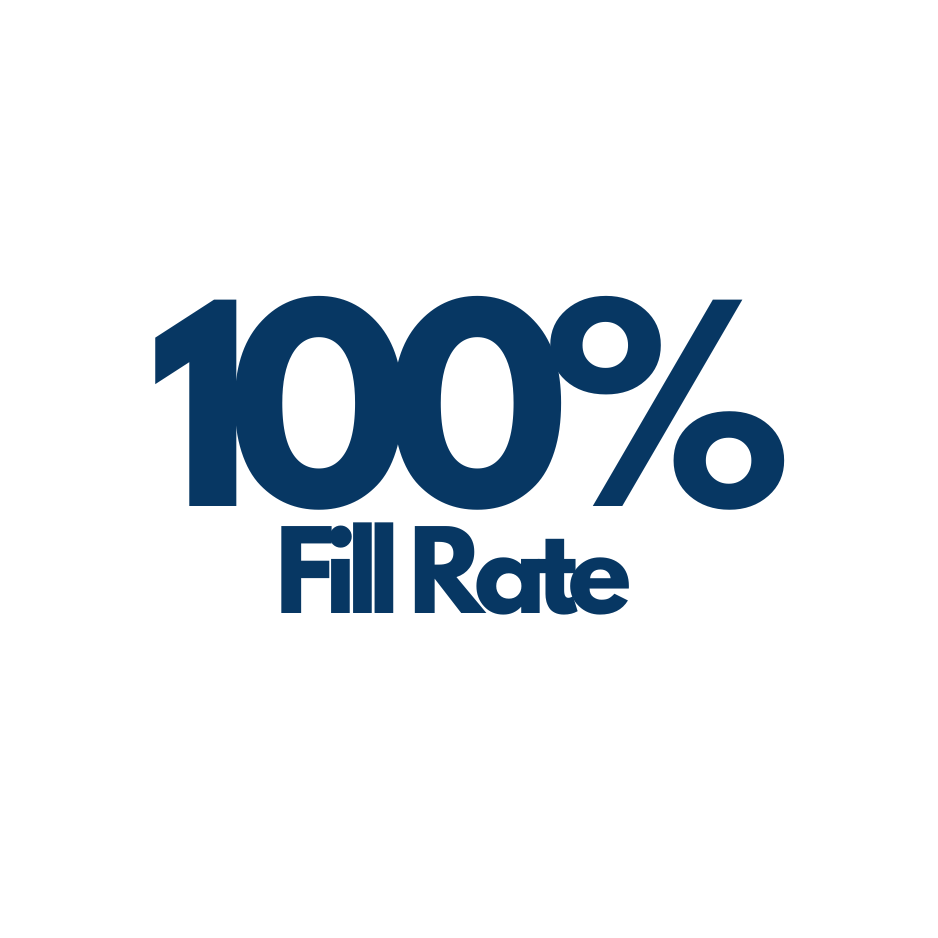Comprehensive Portal Cleanse for Global Events Business
The Challenge
A UK based B2B services business operating across cleaning, recruitment, security and training wanted to increase revenue by cross selling services to existing clients.
The company serviced a wide range of industries including warehousing, logistics, retail and education, but lacked the infrastructure within HubSpot to identify and act on cross sell opportunities.
While HubSpot’s Marketing Hub was in place, the data wasn’t structured to show which customers used which services or where there was untapped potential. Marketing activity focused mainly on new business acquisition, leaving valuable opportunities within the existing client base unrealised.
The business needed a way to map current service usage, identify logical cross sell opportunities and automate engagement throughout the customer lifecycle, all within HubSpot.

Approach
I delivered a strategic HubSpot transformation that enabled the client to intelligently cross sell complementary services through data driven automation.
Our approach focused on building the CRM foundation, enriching data to expose opportunity gaps and automating outreach to drive awareness and engagement at key lifecycle milestones.
1. HubSpot Infrastructure Audit
I started by auditing the HubSpot setup - reviewing data models, properties and reporting structures. This highlighted inconsistencies and gaps preventing accurate visibility into which services customers had purchased.
2. Service Matrix Design
I built a service matrix within HubSpot that mapped each customer to the services they currently used (e.g., security, cleaning, recruitment, training) and identified potential cross sell opportunities based on sector info. For example, if a client operated in warehousing and already purchased security, the system automatically flagged potential for cleaning services.
This logic was embedded into HubSpot properties and dashboards, enabling the team to instantly see “current vs potential” service coverage.
3. Data Structuring & Enrichment
I then cleansed and standardised the data to ensure every contact and company record included accurate service, sector and contract informatioj. This gave me the foundation for segmentation and automation triggers.
4. Cross-Sell Automation Journeys
Once the data structure was in place, I designed multi-stage marketing automation workflows triggered at key points in the client lifecycle - including:
- Onboarding (0–30 Days): Introduced complementary services and full-service awareness.
- 90 Days into Contract: Re-engagement campaigns focused on additional service value.
- Quarterly Check-ins: Shared case studies, success stories, and sector-specific examples.
- Mid-Contract (6 Months): Personalised offers based on sentiment and usage data.
- Renewal Stage (Pre-Expiry): Loyalty incentives and bundled service promotions.
- Dormant Accounts: Re-activation journeys to rebuild engagement and identify new needs.
- Annual Review: Summary communications highlighting ROI and cross-service opportunities.
We also integrated client sentiment data and feedback into these journeys, so messaging could adapt based on satisfaction scores or recent engagement, ensuring the tone and timing were always right.
5. Personalised Messaging & Sales Enablement
Every automation was designed to build interest and awareness, not just push offers. The goal was to warm up the conversation so that when a customer showed engagement, their account manager could step in to continue the discussion with full context.
6. Performance Reporting
I built custom HubSpot dashboards to track campaign performance, cross sell engagement and service adoption, giving leadership clear visibility into which services and industries generated the strongest uplift.
Solution in Action
The new HubSpot framework gave the business complete visibility into its cross-sell potential.
Marketing could now:
-
Automatically identify clients with additional service needs.
-
Trigger personalised multi channel campaigns based on lifecycle and feedback.
-
Hand over engaged contacts directly to sales for targeted follow up.
The process created a seamless collaboration between marketing and sales, ensuring every opportunity was captured and progressed efficiently.


Solution in Action
The cleaned, standardised database became a reliable foundation for go to market. Reps could trust record quality, Marketing could target precise segments and leadership could finally compare apples to apples across regions and product lines.
The Results
-
60% reduction in bad data (duplicates and inconsistent properties)
-
100% fill rate for critical fields across contacts, companies, and deals
-
Clearer lead management process improved Marketing→Sales alignment, reduced leakage, and accelerated follow‑up on qualified opportunities
-
Sustainable processes for ongoing hygiene, lead scoring, and CRM efficiency

Project Snippets




Conclusion
By transforming a fragmented HubSpot portal into a clean, standardised, and governed CRM, the client moved from firefighting to confidence. Duplicates were eliminated at scale, critical fields reached 100% completion and clear lifecycle, ownership and SLA rules restored trust across Marketing and Sales. Teams can now target precisely, follow up faster, and report accurately - while leadership gets a single source of truth and forecasts they can rely on. Most importantly, the new operating model is sustainable: guardrails, training and scheduled hygiene mean the system stays clean as the business grows.
If your HubSpot instance feels messy or hard to trust, let's have a conversation
